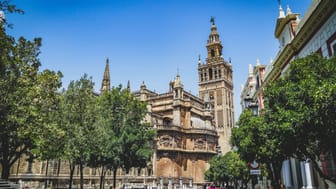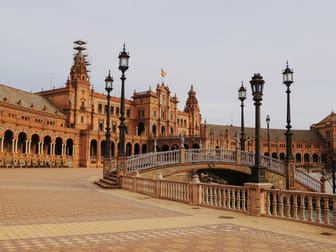Monasterio de San Isidoro del Campo
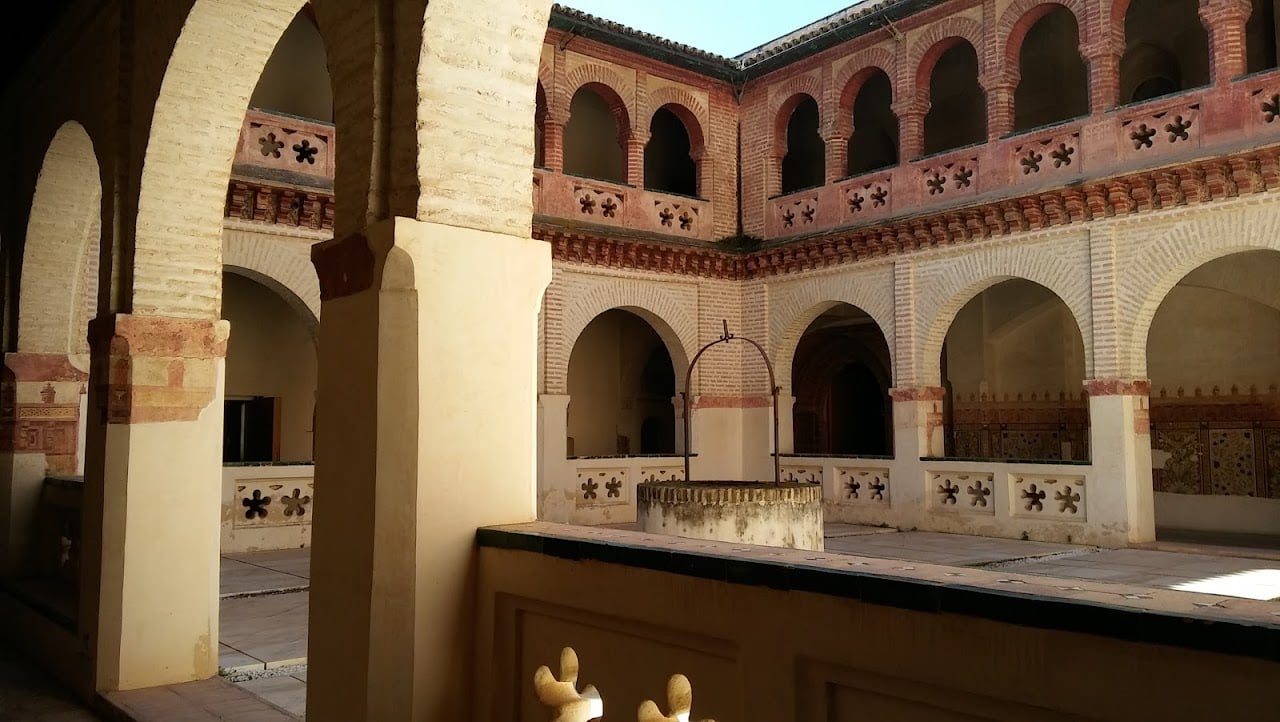
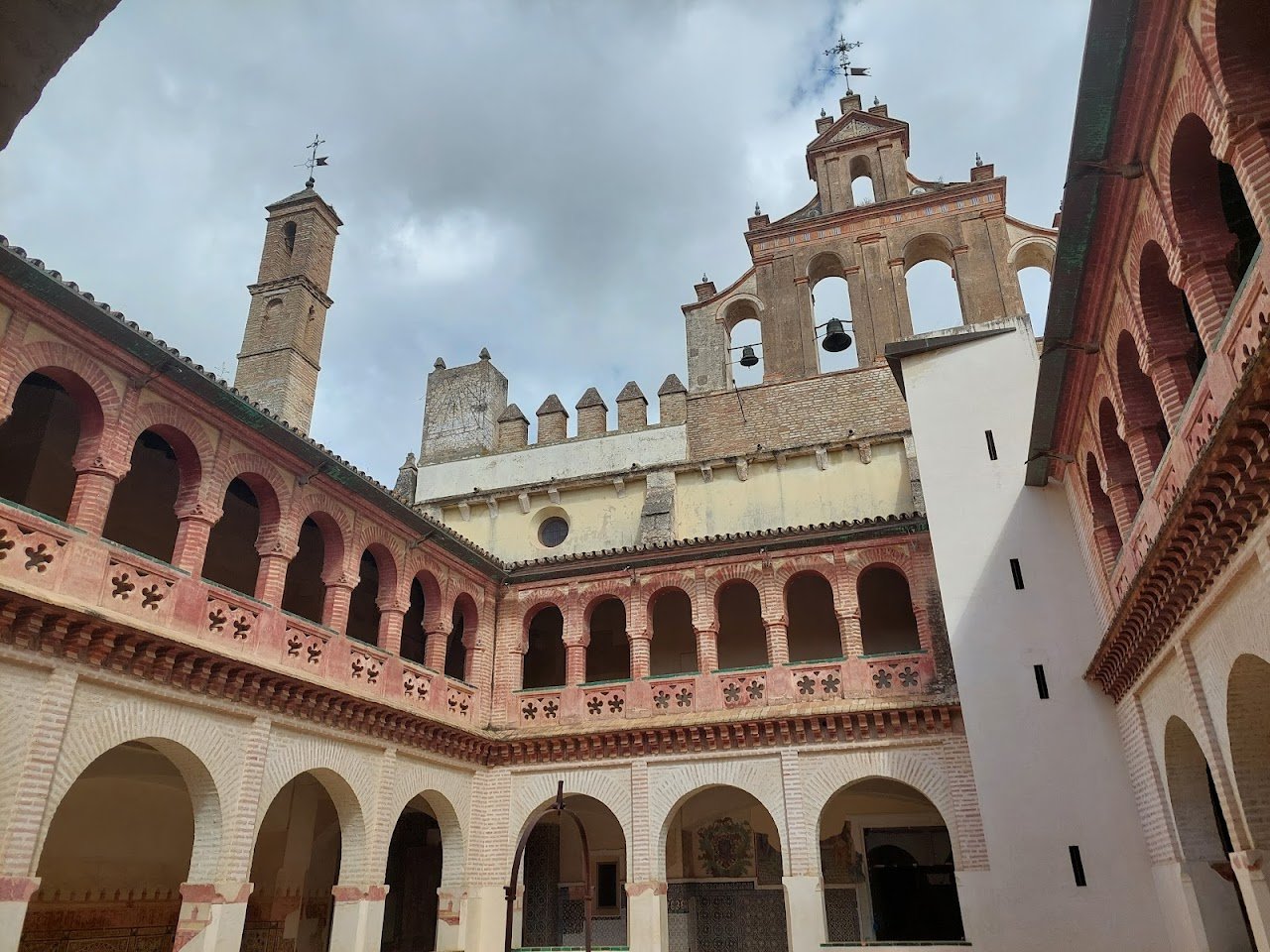
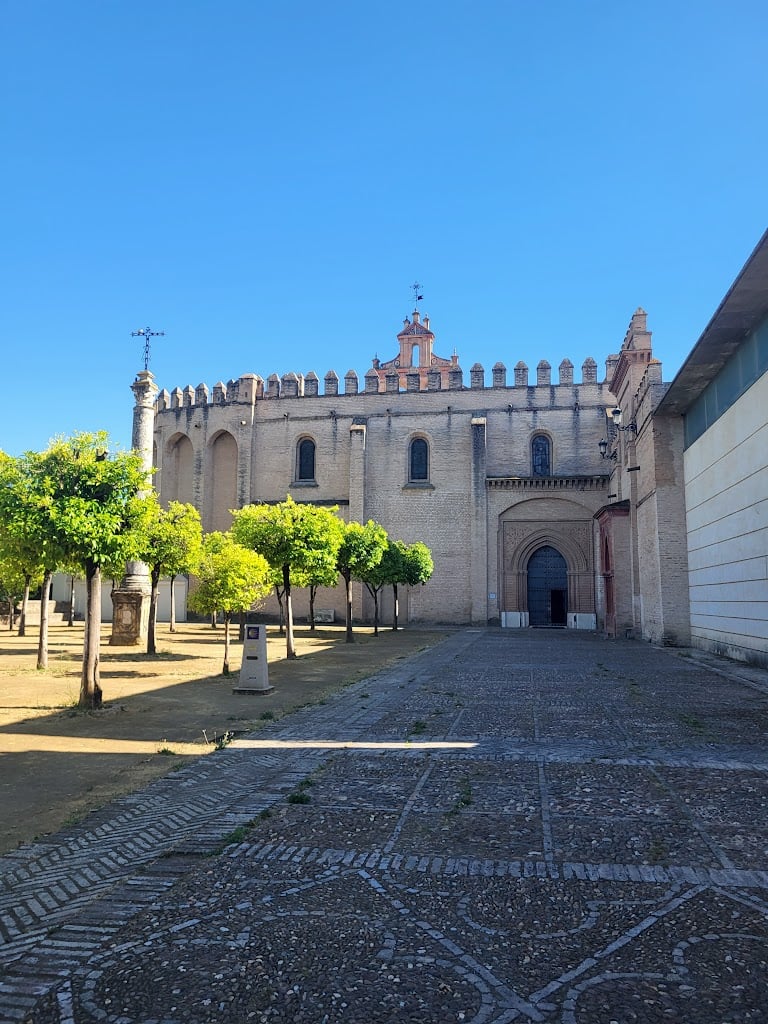
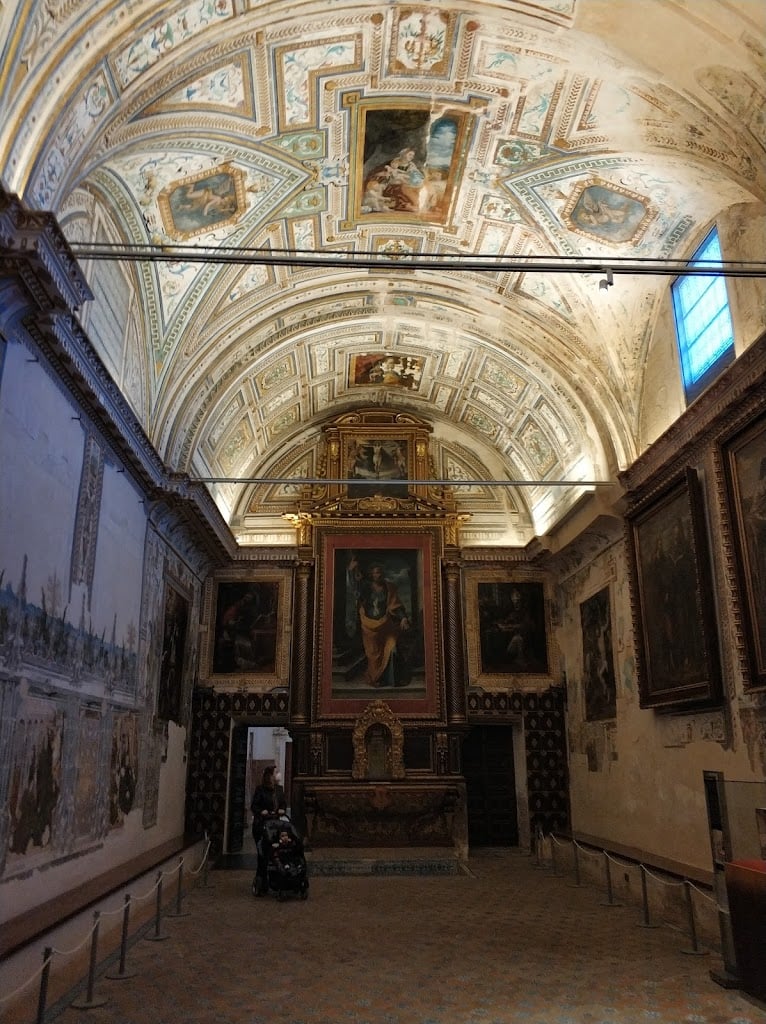
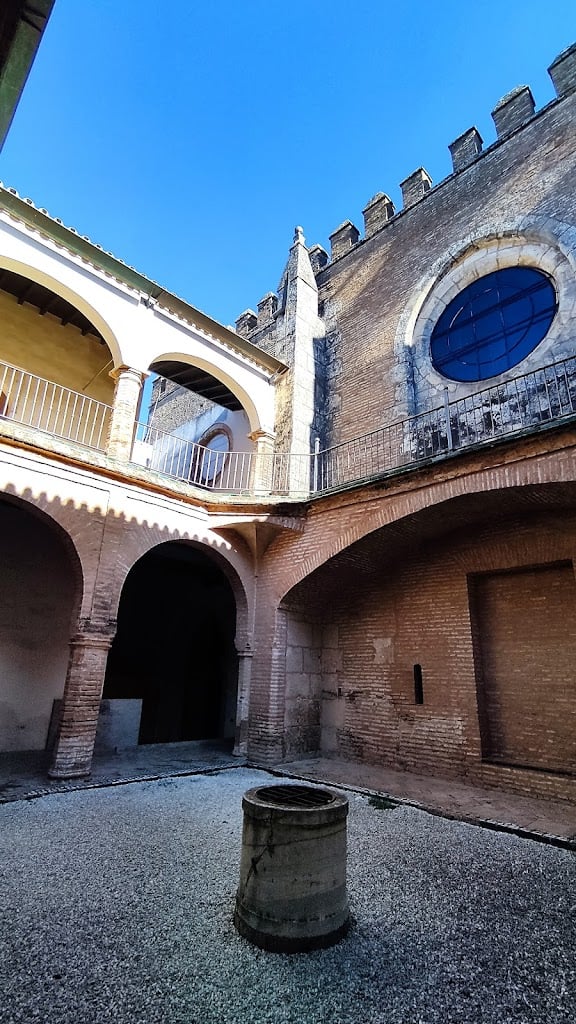
Ask ThatchGPT
Suggest a local expert to plan my trip
Suggest an unique itinerary for my Spain trip
What foods do Spain locals eat
What are some true hidden gems in Spain
Help me brainstorm trip ideas for Spain
Help me plan a family-friendly trip to Spain
What people say
Pedro Pereira
Available for hire
"The Monastery of San Isidoro del Campo, founded in 1301 by Alonso Pérez de Guzmán and María Alonso Coronel in a place near the ruins of Itálica where, according to tradition, San Isidoro de Sevilla was buried.
In 1432, the Hieronymite Order replaced the Cistercian Order, carrying out a profound reform in the Monastery that was reflected in the concept of monastic life and substantially in the decoration. In the mid-16th century, a religious focus of a reformist nature emerged in Seville, in which the friars of this Monastery participated, which led to the imprisonment of several monks and the flight of others outside Spain, among them Casiodoro de Reina, author of the first translation of the Bible into the Castilian language, known as the Bear Bible.
In this unique monastery fortress, with a double church, the Gothic style is juxtaposed with clear influences from Languedoc and Mudejar, in which the Almohad tradition is visible. In contrast to the Cistercian austerity, the Jeronymite monastery is decorated with mural paintings that possibly make up one of the most notable ensembles in all of Spain. The Monastery was expanded and enriched over the centuries, coming to have a tower, a bell gable, five cloisters and, together with the monastic quarters, the procurator's office, the guest house and the agricultural facilities typical of these institutions that were intended to be self-sufficient. The medieval core's quarters are arranged around the Cloister of the Dead: churches, refectory, sacristy, chapter house, etc.
During the Baroque period, this medieval centre was transformed with ashlar masonry, new mural paintings, plaster vaults and altarpieces, among which the most notable is that of the main church of Martínez Montañés, where we can admire the figure of Saint Jerome the Penitent in its central street."
Read more in:
Mentioned in these guides
About Monasterio de San Isidoro del Campo
Get the inside scoop on Monasterio de San Isidoro del Campo from local experts, travel creators, and tastemakers. Browse genuine trip notes, Monasterio de San Isidoro del Campo reviews, photos, travel guides, and itineraries from real travelers and plan your trip with confidence.
Phone
Save this spot for later or start mapping out a new trip today
Try our AI Travel Assistant and get instant answers to any questions about your trip.
Ask ThatchGPT
